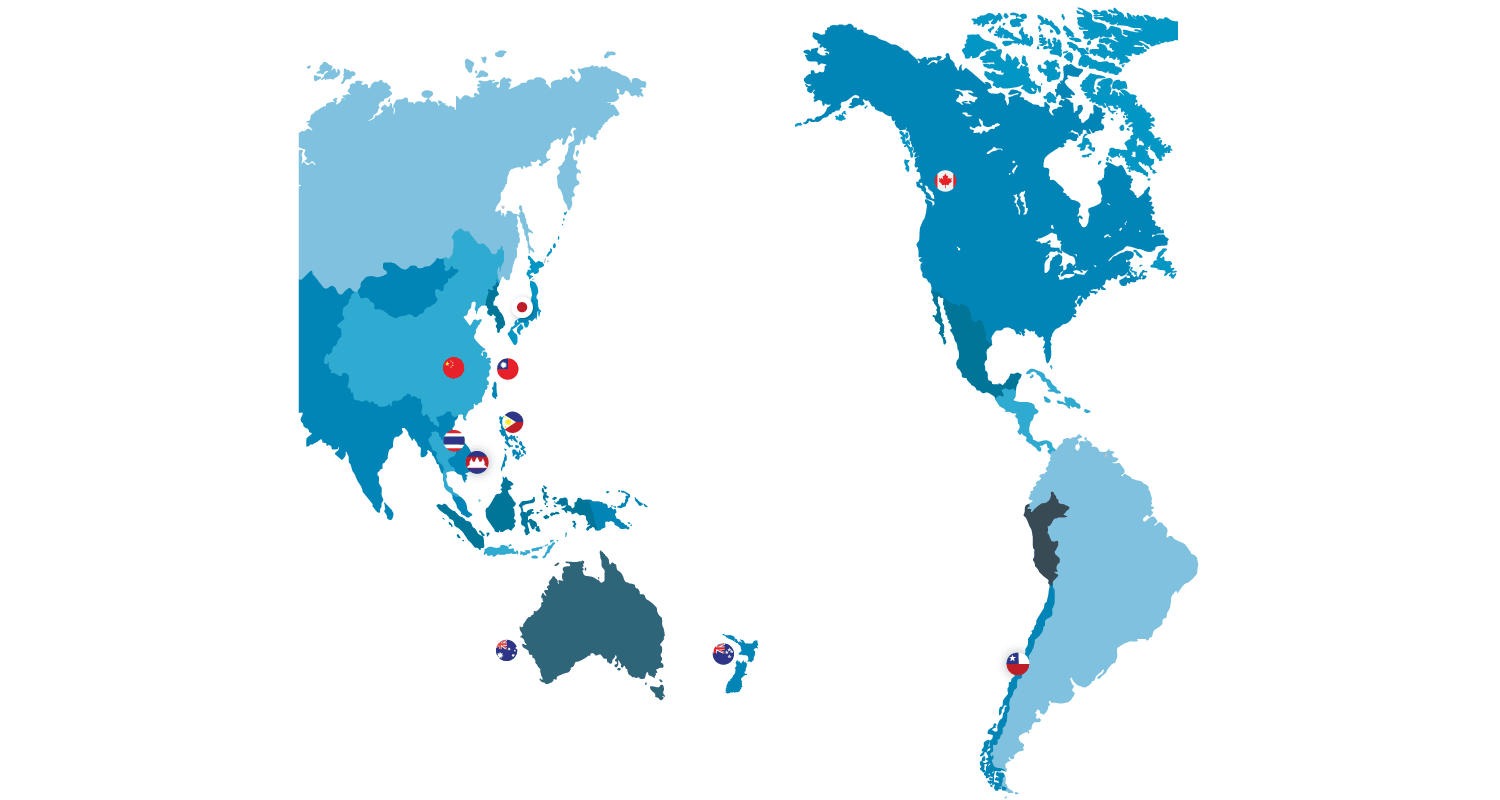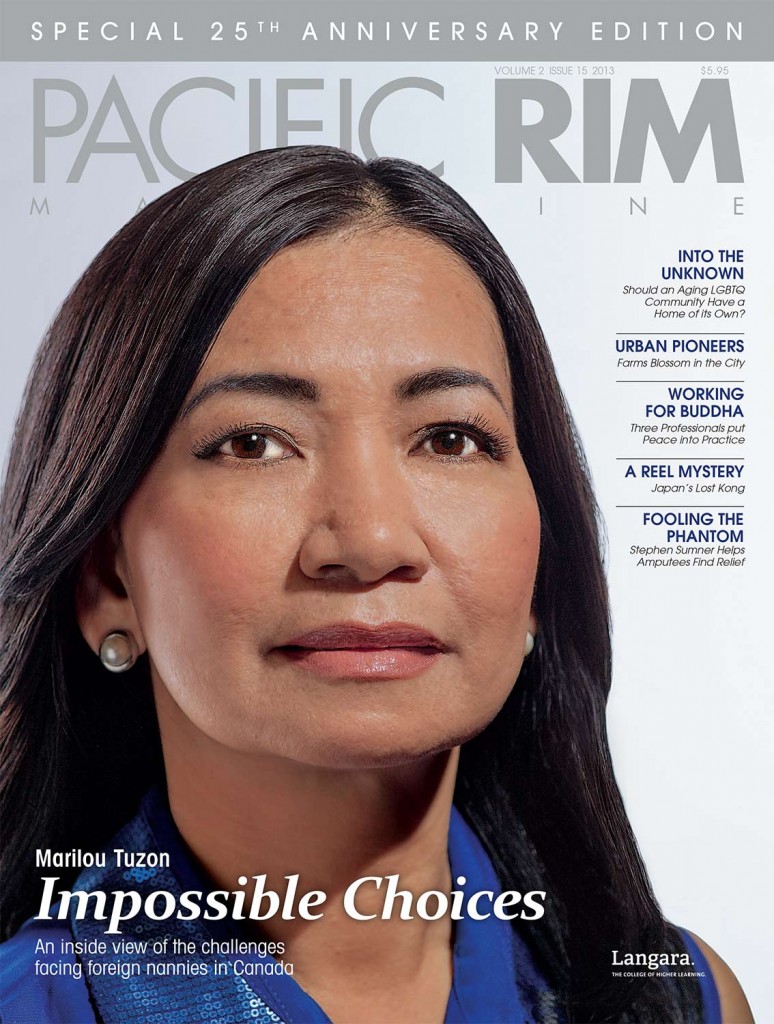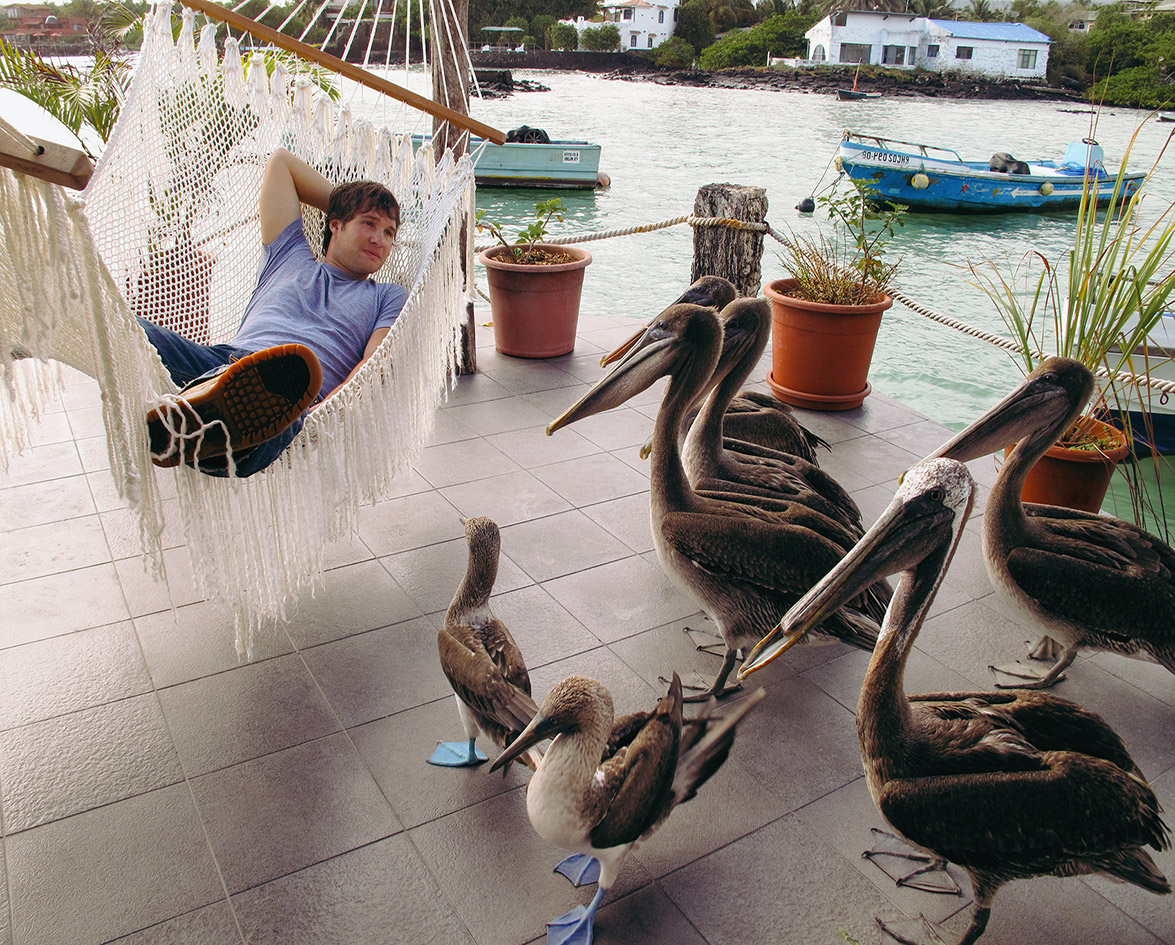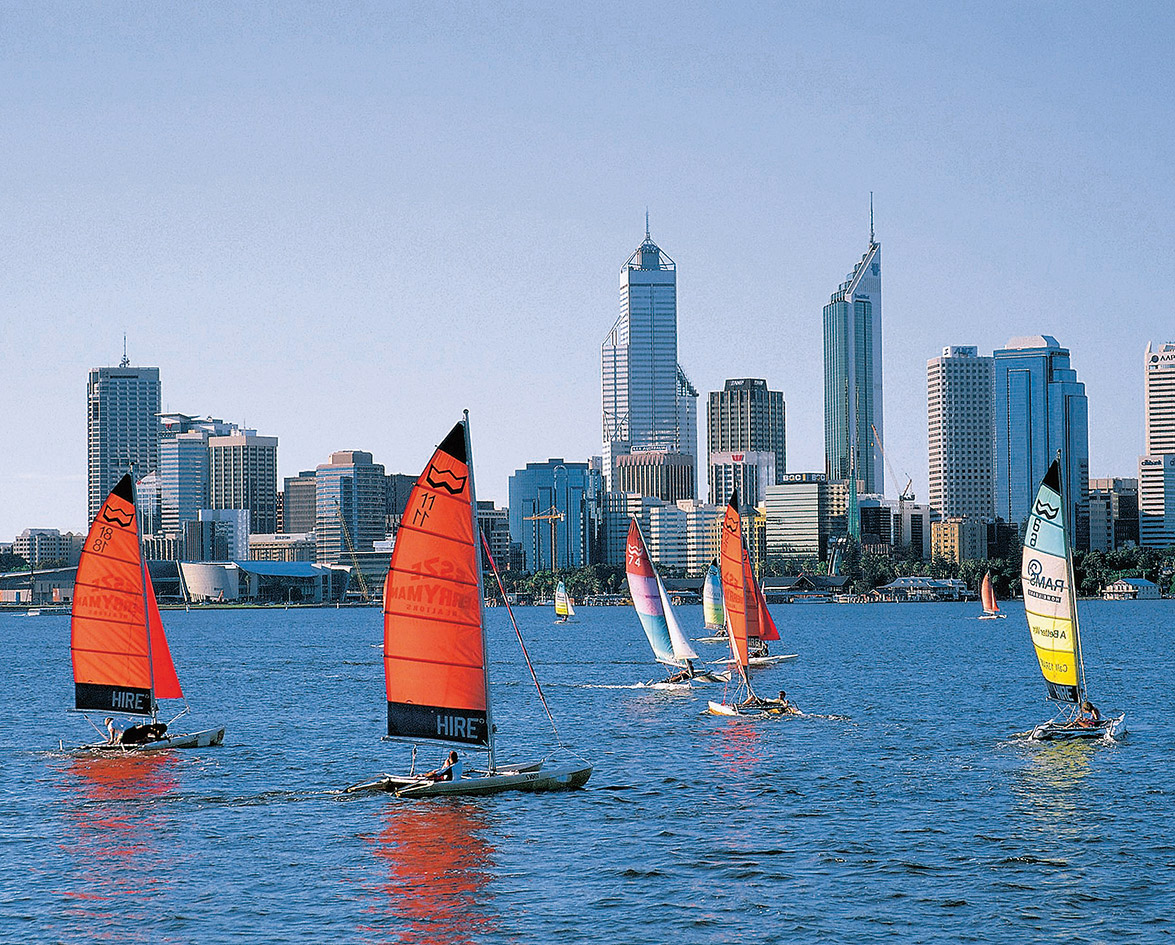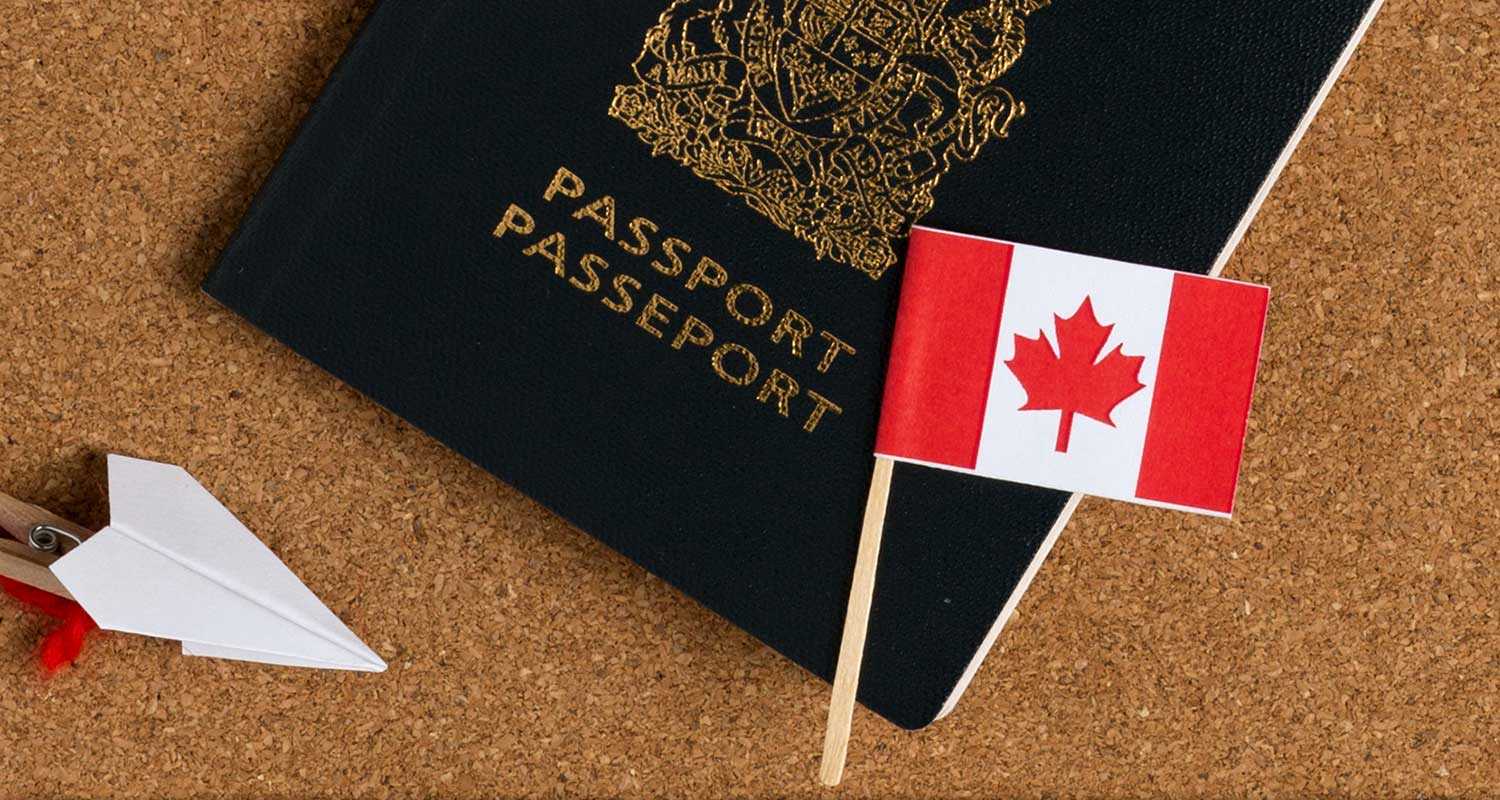
Japan
Traversing just a few of Japan’s 6,000-plus islands would debunk any myth that this country does not offer diverse experiences to travellers. Miyajima, literally meaning “Shrine Island,” resides about a half hour from historic Hiroshima. The small island offers travellers a chance to camp on the white sands of Tsutsumigaura Beach and experience a tropical side of Japan that often goes unnoticed.
Places of Wonder: The Kanazawa Bunko
Yokohama is the site of a centuries old library – the Kanazawa Bunko. Attached via foot tunnel to the serene temple, Shomyoji, the Kanazawa Bunko serves as a museum for many of the artifacts from the temple. One of the features of the museum is a replica statue of Miroku Bosatsu, also called the Buddha of the Future. The original is hidden deep in the Shomyoji Temple, having been made available to the public only twice in the last 720 years.

China
China contains one fifth of the world’s population, but 94 per cent of these 1.33 billion people live on just 46 per cent of the nation’s land. This leaves a great span of historic landmarks, 43 of which are recognized as World Heritage sites and many concerning the Qin and Ming dynasties, across a widely diverse terrain that is suitable for virtually any taste.
Places of Wonder: Five Flower Lake
Wuhua Hai, more commonly known as the Five Flower Lake, sits quietly in the Jiuzhaigou National Park in the Sichuan province of southwestern China. Though filled with shallow waters, this multi-coloured lake wows onlookers with its intricate criss-crossed pattern of fallen tree trunks on the lake’s floor. According to local legend, the Five Flower Lake is one of 108 lakes in the park and was created after an ancient Goddess accidentally dropped a mirror that smashed into 108 different pieces.

Taiwan
While a small island, Taiwan is rich in vibrant culture and warm traditions. Often overlooked are Taiwan’s 18,400 animal species, one-fifth of which are rare or endangered. The more fascinating among them include the land-locked salmon, Taiwan serow, Formosan rock monkey, Formosan black bear, blue magpie, Mikado pheasant, and Xueshan grass lizard.
Places of Wonder: Takoro Gorge
The Takoro Gorge, also known as “the Marble Gorge” for it’s abundant supply of marble, can be found in Taroko National Park. The gorge is 19km long. The park is full of hiking trails that lead to panromaic views of mountains, deep valleys, waterfalls, and the Liwu River. There are plenty of shrines and temples, as well as hot springs. Every year in November there is a marathon that is open to the public.being overrun by the roots and branches of ancient trees.

Thailand
While Chang Mai, Thailand’s “Rose of North,” may be a popular destination for travellers seeking a reprieve from the country’s beaches, Chang Rai offers a more tranquil and diverse setting. Set on the country’s northern border, an area lined with mountains and waterfalls, the “Gateway to the Golden Triangle” is also a great spot to launch an adventure to visit the jungle hill tribes.
Places of Wonder: Phra Pathom Chedi
Phra Pathom Chedi is the tallest stupa at 127m. A stupa is a structure that typically contains Buddhist relics, and is a place of meditation. Located in Nakhon Pathom, just 56km away from west of Bangkok, it’s an easy trip from the Capital. It has been an important Buddhist landmark since the 6th century, though the current stupa was completed in 1870.
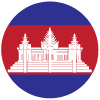
Cambodia
Cambodia has had a rich and varied history, though not without it’s darker periods. The capital city of Phnom Penh was founded in 1434 and was named for Wat Phnom. Wat Phnom is the only hill in town, and legend has it that the first temple was build here in 1372 to house four statues of Buddha. In the 1920s, the city was known as the Pearl of Asia and has always been a destination for adventure seekers.
Places of Wonder: Angkor Wat
Angkor Wat, one of the largest religious monuments in the world, is located in Cambodia’s northern province of Siem Reap inside the Angkor Archaeological Park, which was declared a UNESCO World Heritage Site in 1992. Built in the early 12th century, Angkor Wat, or ‘The City of Temples,’ is one of the hottest tourist attractions in Cambodia and has become a national symbol for the country. Angkor Wat initially built to honour the Hindu god Vishnu, is one of the best preserved temples in the park despite being overrun by the roots and branches of ancient trees.

Philippines
With over 7,000 islands, only about a third of which are inhabited, extended trips to the Philippines are best experienced by boat. With an extensive ferry system, private charters, and affordable rental rates, hopping from island to island (a popular starting point is the province of Palawan due to its long, narrow formation and seemingly endless beach) is an efficient way to see the Philippines, short or long-term.
Places of Wonder: Tubbataha Reef
The Tubbataha Reef is a UNESCO World Heritage Site. An underwater nature reserve, the reef is a must see for scuba divers. Comprised of two atoll reefs, it was created by a string of now extinct underwater volcanoes. The park has roughly 10,000 hectares of coral reef, and is home to hundred of species of fish and coral, as well as sharks, dolphins, whales. It is also a nest ground for sea turtles. The CNN travel website recently ranked it as eighth best dive site in the world.

Chile
Chile stretches along the Pacific coast of South America. In between the Andes and the ocean, it’s home to the driest desert in the world as well as massive glaciers. The city of Santiago has been the capital since it was founded in 1541. The country is regularly hit by earthquakes and as a result, only a handful of historical building from the Spanish colonial building remain standing. Just outside the city a huge range of activities are within easy reach, including skiing, kayaking, horseback riding and wine tours.
Places of Wonder: Valley of the Moon
The Valley of the Moon, known to locals as ‘Valle de la Luna’ can be found in San Pedro de Atacama, Chile in the Atacama Desert. The valley is considered one of the driest places in the world as many areas have not seen rain in centuries. The area proves to be an impressive sight to behold with a remarkable array of colourful soils and rock formations, many of which have been carved by wind and water over thousands of years. The Valle de la Luna was named one of Chile’s Nature Sanctuaries in 1982 and is a part of the Reserva Nacional los Flamencos. Mimicking the surface of the moon with its dry terrains, scientists tested a prototype for a Mars rover in the desert’s valley.

Australia
From big cities like Sydney, famous for it’s Opera House, to the hedonistic surf haven of Byron Bay, Australia offers something for everyone. From Far from opera houses and barrier reefs, one hidden gem of Australian nature lies, almost ageless, in the southwest corner of this enormous nation. Take a treetop walk in the Valley of the Giants, where light bridges web beneath the canopy of 500 year-old red tingle trees, or let your feet touch ground closer to the incredibly wide trunks in this tranquil region of Australia.
Places of Wonder: The Twelve Apostles
When driving along the coast of Australia, the twelve apostles are hard to miss. Located off the shore of the Port Campbell National Park in Victoria, Australia, this collection of limestone stacks, protruding 45 metres into the air, are a sight to behold. Created after millions of years of constant erosion, this popular tourist attraction was originally known as the Sow and Piglets until 1922 when it was changed to the Twelve Apostles; though ironically, there have only ever been nine. In the summer of 2005 however, one of the stacks collapsed into the ocean, leaving eight remaining to this day.

New Zealand
It is impossible not to wear a smile in New Zealand. They, among many other wonderful attributes, have the highest ratio of golf courses and bookshops per person, a sheep to citizen ratio of at least 7:1, the world’s smallest dolphin, and many of the rarest birds, insects and plants in the world. Home to the longest place name in the world – Taumatawhakatangihangakoauauotamateaturipukaka- pikimaungahoronukupokaiwenuakitanatahu is a hill near Wellington.
Places of Wonder: Moeraki Boulders
Located on Koekohe Beach on the Otago coast of New Zealand, these natural wonders have perplexed tourists and stumped scientists for hundreds of years. Created by coastal erosion, the Moeraki Boulders are cemented by calcite and comprise of mud, fine silt and clay sediment. Often found in clusters, , these stones vary can be up to 9 feet in diameter. Legend has it the boulders, perfectly spherical in shape, are the remains of calabashes, kumaras and eel baskets that washed ashore after a legendary canoe, the Ariateuru, ship wrecked on a nearby beach.





